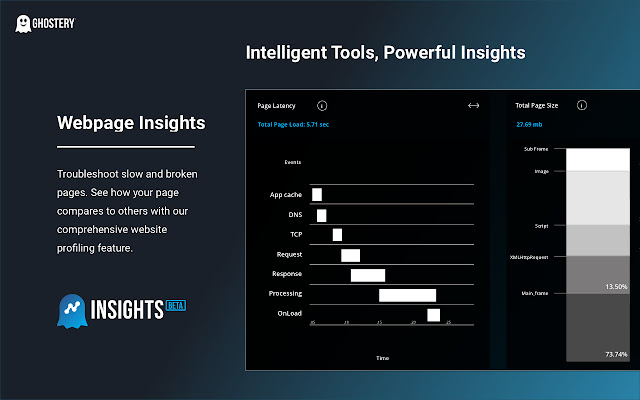
"Your strategy is only as good as its past… but the past never plays out the same way twice."
Imagine this: you’ve spent nights tweaking your trading strategy, maybe for forex or crypto, maybe for stocks or commodities, running it through a crisp-looking backtest. The chart shows massive gains, minimal drawdowns—and now you’re convinced you’ve unlocked the holy grail. But while backtesting can be powerful, it’s not a crystal ball. It’s a magnifying glass for the past, not a map for the future. Accuracy? It’s complicated.
Backtesting is the process of running a trading strategy through historical data to see how it would have performed. In prop trading firms, where capital is provided to skilled traders, backtesting acts as the “audition phase”—your way of proving that an idea has potential before risking real money.
For forex traders, it can help identify patterns within currency volatility. In crypto, it can reveal how a strategy behaves under wild price swings. For equities and options, it shows whether your setups survive earnings seasons or macroeconomic shocks. Indices traders may backtest to understand multi-market correlations, while commodity traders can see how political events or seasonal supply changes might impact their edge. The big draw? It’s cheaper than learning with live losses.
Accuracy in backtesting depends on how clean your data is, how your strategy is coded, and how realistically you simulate trading conditions. In theory, perfect historical data plus a well-built model should give you a clear picture. In reality, things get messy:
Example: A forex scalper backtests on EUR/USD from 2018–2021 and sees perfect win rates. Then live trading in 2022 shows losses, because the volatility regime changed and spreads widened. That’s the gap between backtest optimism and market reality.
If you want accuracy that actually translates to live performance:
In prop trading, this approach filters out “curve-fit miracles” before they touch funded accounts.
Decentralized finance (DeFi) changes the game. Smart contracts now let traders backtest strategies that auto-execute on-chain—yield farming allocation models, automated liquidity provision. But DeFi markets have their own quirks: liquidity fragmentation, protocol risk, and high transaction fees can render backtest models less predictive.
AI-driven trading is adding layers of adaptability—systems can adjust parameters based on incoming live data, effectively shortening the gap between backtesting and execution reality. Some prop firms are already using AI to continuously “forward test” across multiple markets—forex, indices, crypto—24/7.
Prop trading is moving toward blended models: historical backtesting meets adaptive AI, mixed with DeFi-based execution. Traders who can navigate this hybrid space—understanding that accuracy is a guideline, not gospel—are positioned for serious advantage. Multi-asset skills mean you can trade forex in the London session, switch to NASDAQ futures at New York open, and deploy crypto strategies overnight—all tested responsibly.
And here’s the real slogan for this landscape: “Backtest for vision. Trade for truth. Adapt for survival.”
That’s the mindset that bridges past data to future gains. The backtest is your rehearsal stage. The market? That’s opening night—no retakes, just results.